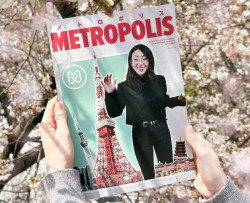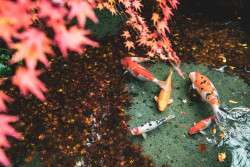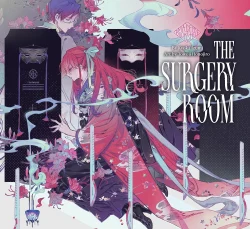
September 24, 2009
Bathed in Blood
Director Koji Shiraishi’s torture-porn flick Grotesque gets banned in Britain—and ignites a debate about Japan’s splatter-film boom
By Metropolis

Photo by Benjamin Parks
Born and raised in Fukuoka, Shiraishi grew up watching movies like Jaws, Ghostbusters and The Terminator, developing a passion for the supernatural and occult elements he saw in these spectacles. Yet instead of dreaming to become a director, he says his first interest was special effects and makeup.
“It was only later, when I began to recognize that a movie with great special effects can still be a bad movie, that I started thinking about creating a whole film myself,” the director tells Metropolis in an interview at his Shinjuku office.
Shiraishi began making his own independent films while still in college, but his first big break came in 1994, when he joined the crew of renowned director Sogo Ishii’s Mizu no Naka no Hachigatsu (“August in the Water”). Moving to Tokyo in 1997, he honed his skills and eventually was awarded the runner-up prize at the 1999 Pia Film Festival for Kaze wa Fuku Darou (“The Wind Will Blow”). The movie, a screwball comedy about a luckless young man trying to figure out where his last relationship went wrong, showcased the faux-documentary style that was to become Shiraishi’s signature technique.
The young director supported himself with various arubaito, including a stint making “shinrei videos,” in which filmmakers go through haunted houses and abandoned buildings in the hopes of catching spiritual phenomena on film. Unglamorous as that job may have been, it proved useful in bringing Shiraishi to the notice of producers. Industry folk at the time were already regarding him as a specialist in occult films, and he was hired on for projects like Ju-Rei (“The Uncanny”) and Shinin Shojo (“Dead Girl Walking”).
Shiraishi’s first feature to gain wide attention was 2005’s Noroi (“The Curse”), which toed the line between fiction and reality so cleverly that many hailed it as the “Japanese Blair Witch Project.” His next work, Kuchisake Onna (“Carved”) in 2007, was based on a popular urban legend about the ghost of a vengeful woman who gets her kicks slicing open faces. Shiraishi drew on his early interest in special-effects makeup to design a buzz-creating “split-faced” look for star Miki Mizuno.
Though his early films all fall firmly within the horror genre, most possess a subtle creepiness that is far removed from the overt brutality displayed in Grotesque. So what drove Shiraishi to make a movie that is in many ways a great departure from his previous works?
“With most of my feature films, a producer will approach me with a specific request,” he explains. “For Grotesque, I was asked to make something so graphic it couldn’t be shown in theaters. And so I went all out.”







